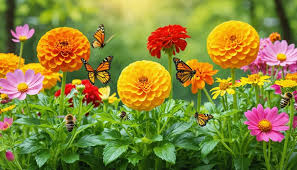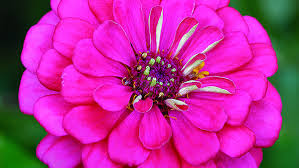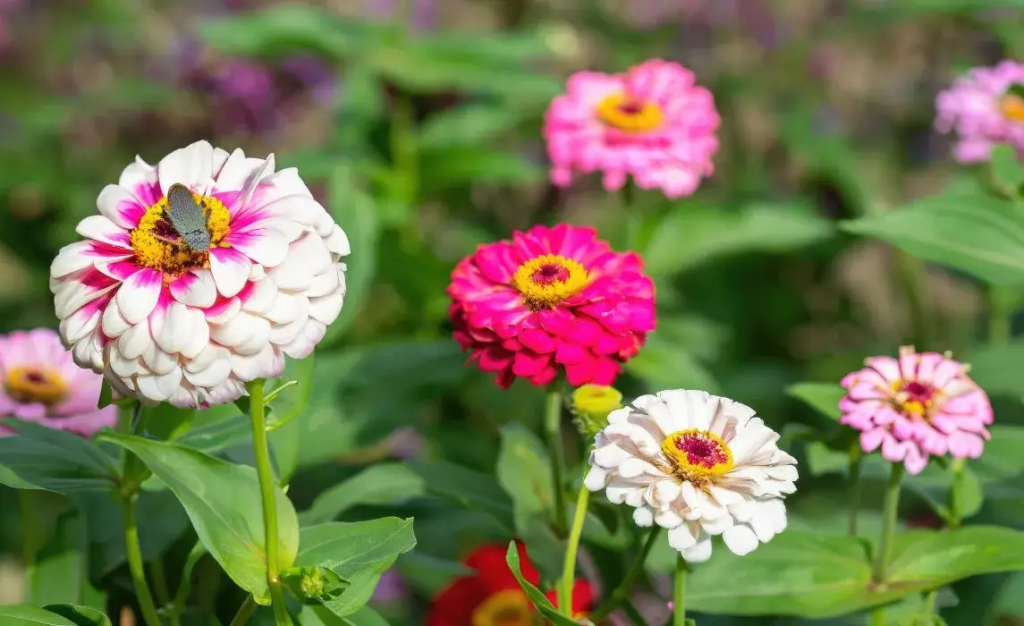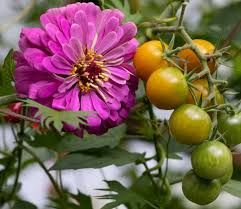Zinnias, often affectionately referred to as “old maids” by my father and grandmother, are a charming addition to any garden. As a child, I would help my father by clipping off spent blossoms and collecting the best ones for bouquets. This early exposure sparked my enduring love for zinnias, and now they are the only annual flower I consistently grow in my vegetable garden.
Zinnias, like tomatoes, follow a similar planting schedule, making them easy to integrate into vegetable gardens. I plant them not only for their beauty but also to attract bees and monarch butterflies. Zinnias hold a special place for monarchs, who migrate from Canada and the United States to Mexico every fall. The species of zinnia we grow today originates from southwestern Mexico, close to the Monarch Butterfly Biosphere Reserve, where millions of monarchs spend the winter. During their migration, monarchs stop at zinnias in my garden for nectar, providing a beautiful and ecological moment each autumn.
It’s important to note that while zinnias attract the painted lady butterfly in Europe, this butterfly flies at such high altitudes that a garden stop is impractical. However, zinnias are a great way to entice low-flying butterflies such as monarchs, creating an ecosystem that supports these essential pollinators.

Varieties of Zinnias for the Garden
Over the last three decades, zinnia breeders have introduced numerous new varieties. Some of the most popular include the compact, mildew-resistant ‘Profusion’ zinnia, the mid-sized ‘Cut and Come Again’, and tall, large-flowered varieties like ‘State Fair’ and ‘Benary Giant’, which make excellent cut flowers. Gardening experts have found that butterflies are particularly attracted to taller, single-flowered zinnias, with varieties like ‘Whirligig’ and ‘Zowie’ being favorites. In fact, a study by the University of Kentucky discovered that the heirloom variety ‘Lilliput’ attracted twice as many butterflies as other popular varieties.

When selecting zinnia varieties for your garden, consider how they’ll complement your indoor arrangements. Soft-colored zinnias like yellow are versatile for bouquets, while vibrant colors like orange can be a bit more challenging to mix. Growing a mix of zinnia colors provides flexibility in both the garden and the home, and saving seeds from your favorite varieties can lead to beautiful blooms year after year.
Caring for Zinnias in the Garden
Zinnias are semi-tropical plants that thrive in warm conditions, so it’s best to start seeds indoors in late spring. These plants need ample sunlight and fertile soil to flourish, so I often start my zinnia seedlings alongside tomatoes and peppers, which share similar growing needs. Zinnias can grow quite tall, so staking them can prevent the plants from toppling over during storms. If left unstaked, zinnias will continue to bloom, but their stems may become short and curved, making them less ideal for cut flower arrangements.
Like many garden plants, zinnias are prone to powdery mildew, especially on older plants. To ensure a consistent bloom for monarchs in the fall, I sow more zinnia seeds in early summer, ensuring fresh plants for late-season blooms.

Saving Zinnia Seeds and More Uses
To save zinnia seeds for future planting, allow a few blossoms to dry and turn brown. After they dry completely, shake them in a paper bag, and you’ll find dark, pointed seeds ready for collection. If stored in a cool, dry place, these seeds can remain viable for up to five years.
In addition to their aesthetic and ecological value, zinnia petals are edible. While their flavor is mild, they add a vibrant touch to salads, herb teas, or as a garnish on dishes, offering a unique way to enhance your meals and celebrate these lovely flowers in new ways.
In conclusion, zinnias are not only beautiful and easy to grow, but they are also beneficial to your garden, supporting pollinators like bees and butterflies. Whether you’re looking to create a colorful garden display or attract more wildlife, zinnias are an ideal companion plant for your vegetable garden.
